Library Sections
Nirmal Chandra Maity Memorial Central Library is divided into different sections such as the Processing & Technical Section, Circulation Section, Periodical Section, Stack Section, Reading Room Section, and Newspaper Reading Section.
Processing & Technical Section
In this section, Library house-keeping operations like acquisition, cataloguing, and classification of books are done using Dewey Decimal Classification (DDC 23 ed.).
Circulation Section
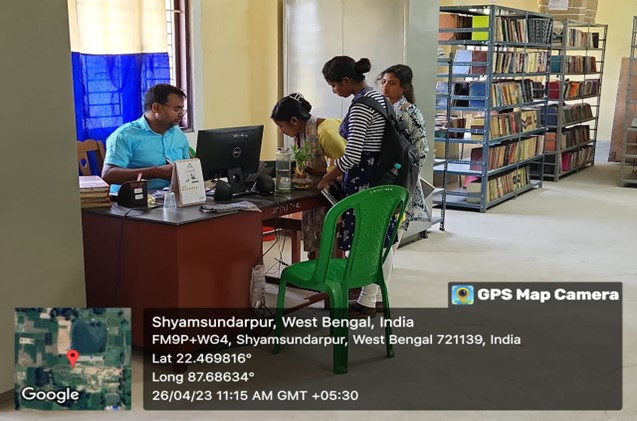
The circulation section is the gateway between the users and the documents, so it plays a major role in any Library. The circulation section is the section that performs all the processes related to lending materials owned by the library to its users. Library Members can get their books issued & returned from this counter. Students and Faculty members can obtain necessary information about the library books from the circulation counter.
Periodical Section
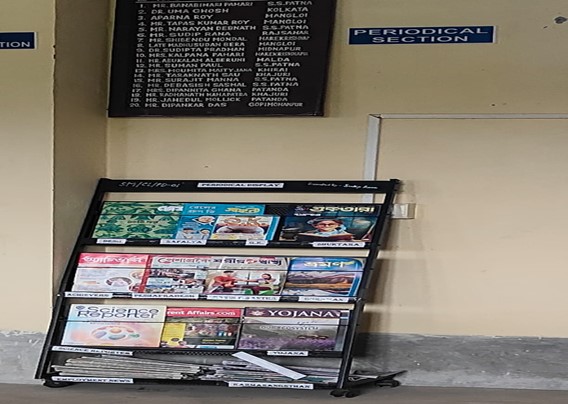
The Periodicals Section is a place where needed information could be found in journals, magazines, newspapers, and other serial literature. The periodical section collects and manages Journals, Magazines, etc. All these documents contain firsthand information on current developments of a branch of knowledge.
Newspaper Reading Section

In this section, bilingual (English, Bengali) newspapers are kept for the readers near the entrance of the Library.
Reading Room Section
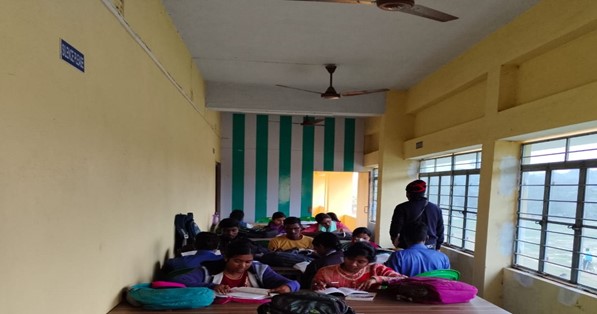
The library has a reading area for the Students and Staff. Where, Staff and Students can sit, study and prepare reading material.
Stack Section
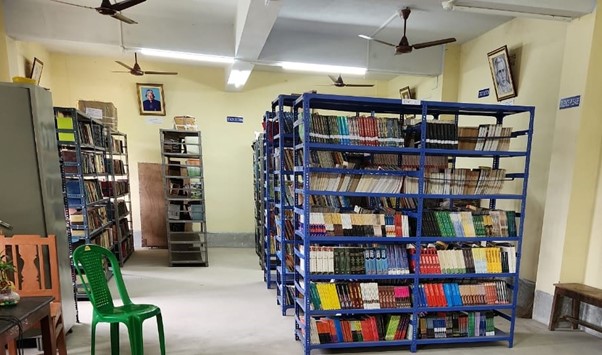
This is the most important section of the library. Its function is the display and maintenance of books that are issued on loan. The whole section is arranged in three floors. Members have the facility of open access to most of the collections available in this section.
E-Library Section
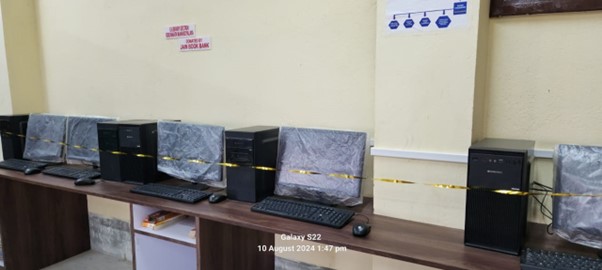
An e-library or digital library is a compilation of digital resources available to users via the Internet. These resources encompass a variety of materials, including books, articles, journals, research papers, multimedia content, and more. E-libraries bring several advantages, including cost-effectiveness, as they eliminate the need for physical copies of materials, and space-saving, as digital content does not require physical storage space.
Reference Section
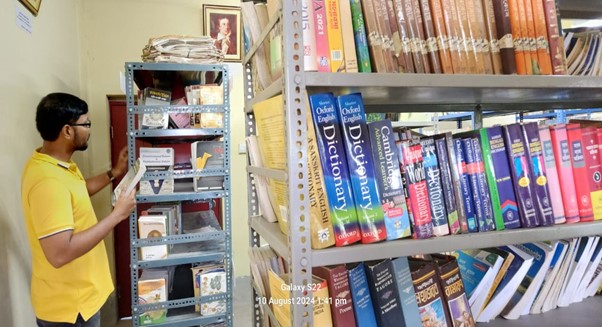
This section helps the users identify and locate information through various reference materials such as dictionaries, encyclopedias, almanacs, bibliographies, atlases, gazetteers, yearbooks, indexes, annuals, handbooks, travel guides, and other reference materials. The Academic Research Collection, including theses and dissertations, is also available in this section.
